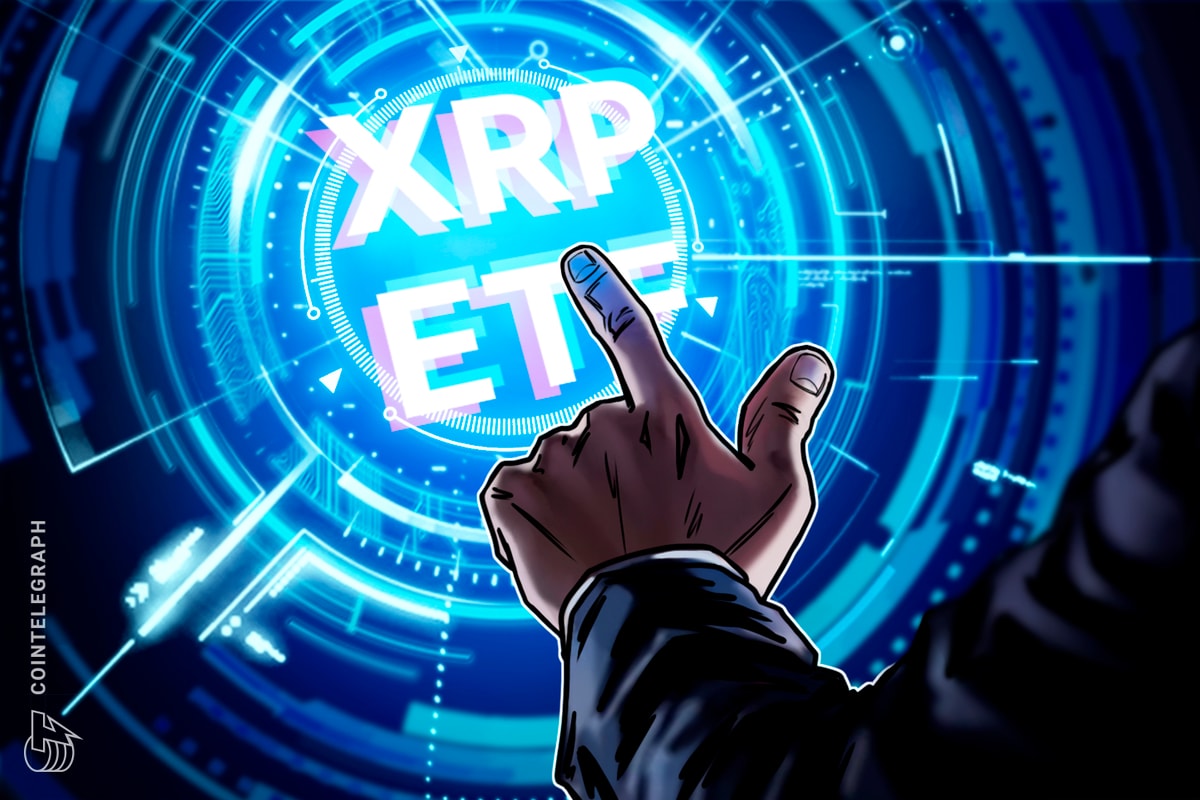
The long-lasting block-size dispute seems to be inching toward a climax.
A large segment of Bitcoin's academic and engineering community has been discussing the possibilities and tradeoffs of scaling Bitcoin at the Scaling Bitcoin workshop in Hong Kong this past weekend, while prominent Bitcoin companies such as Coinbase, BitPay, Bitstamp and others have posed a “December deadline” afterward, at which point they will change their code to allow for bigger blocks.
But not according to Ciphrex CEO and Bitcoin Core developer Eric Lombrozo: “Talk of 'deadlines' is just that: talk. In the end it is not really up to these companies to impose any such deadline.”
According Lombrozo, whose Ciphrex is the company behind the Bitcoin wallet mSIGNA , the block-size dispute represents a clash of visions. And the only way to reconcile these visions to some degree, he thinks, is through added layers on top of the Bitcoin protocol, such as payment channels and the Lightning Network.
“At one extreme – the ‘big block’ side – we have a system where anyone can transact but few can verify, and at the other we have a system where anyone can verify but few can transact,” Lombrozo explained. “The first is not really much different from exisisting centralized payment systems, and the latter is only well-suited for high-value settlement. Neither extreme is desirable. Bitcoin, in its current form, presents us with this fundamental tradeoff. To get the best of both worlds, or something close to it, will require additional technology layers.”
This assesment is not shared by Google veteran Mike Hearn and former Bitcoin Core developer Gavin Andresen. While not opposing additional layers, Hearn and Andresen maintain that Bitcoin should be allowed to scale “on-chain,” which is why they implemented BIP 101 in Bitcoin XT. BIP 101 is programmed to increase the maximum block size to 8 megabytes if a threshold of 75 percent of mining power accepts the change. Once activated, this limit is set to double every two years for 20 years, ultimately leading to an 8-gigabyte block-size limit.
Lombrozo said he could see himself supporting a block-size limit increase, but only after critical issues with the protocol are fixed to ensure bigger blocks can be rolled out safely. Some of the ideas to do this – such as the “segregated witness” proposal – will be presented in Hong Kong over the next couple of days.
The Ciphrex CEO pointed out that Bitcoin’s base layer technology and basic research and development are underfunded compared to funding on the application level, meaning that improvent has not come as fast as it could have otherwise. But rolling out bigger blocks before proper solutions are implemented is a bad idea, Lombrozo argued.
“Continuing to subsidize transactions while externalizing the costs to the validator nodes that keep Bitcoin secure will not drive greater adoption. What made Bitcoin successful to begin with were the incentives for people to run nodes – to contribute resources to the network ... not getting a bunch of retailers to 'accept bitcoin.' Externalizing the costs to these nodes is not unlike other industry polluters trying to profit while shirking on the cost of cleanup. And – importantly – it actually works against the dynamic that made Bitcoin successful.
“A block-size increase based on political compromise that disregards serious technical concerns sets a terrible precedent. Appeasing certain interests in this manner may encourage others in the future to try the same tactics. That's actually one of my biggest concerns regarding any controversial hard fork proposal: Even if the network survives without losing some of its important characteristics, it could provide an opening for future saboteurs.“
Apart from Andresen and Hearn, BIP 101 is supported by several prominent Bitcoin companies, including some that stated they intend to change their code by December, and Bitcoin mining poolSlush Pool. Hearn, moreover, recently alleged that miners will change their code to allow for bigger blocks as well – if no solution is agreed upon after Hong Kong.
Lombrozo, however, squarely dismissed this notion.
“Hearn is known for big talk and bluffs... and misrepresentations,” Lombrozo said. “If you look at the raw statistics, by any metric, Bitcoin XT deployment has been a dismal failure. "Barely anyone is mining in favor of Bitcoin XT; far less than one percent of hashing power. Only an estimated 8 percent of all Bitcoin nodes currently run XT, and this figure has been dropping since its peak around August. The sober view is that most miners and companies are not quite ready to risk it all on a fork of Bitcoin that most of the top contributors believe is a bad idea and that has not been extensively reviewed and tested.“
Lombrozo, instead, believes that the Bitcoin industry will follow the development community, as he believes that would be the only sensible thing to to.
“Who is going to support a BIP 101 Bitcoin?” Lombrozo asked rhetorically. “Where is Hearn going to get all the skilled people to contribute? To whom will these miners and companies turn if anything breaks? The overwhelming majority of the top contributors, even in the Bitcoin XT repository, have made it clear they support neither the repository itself nor Hearn's tactics.”










